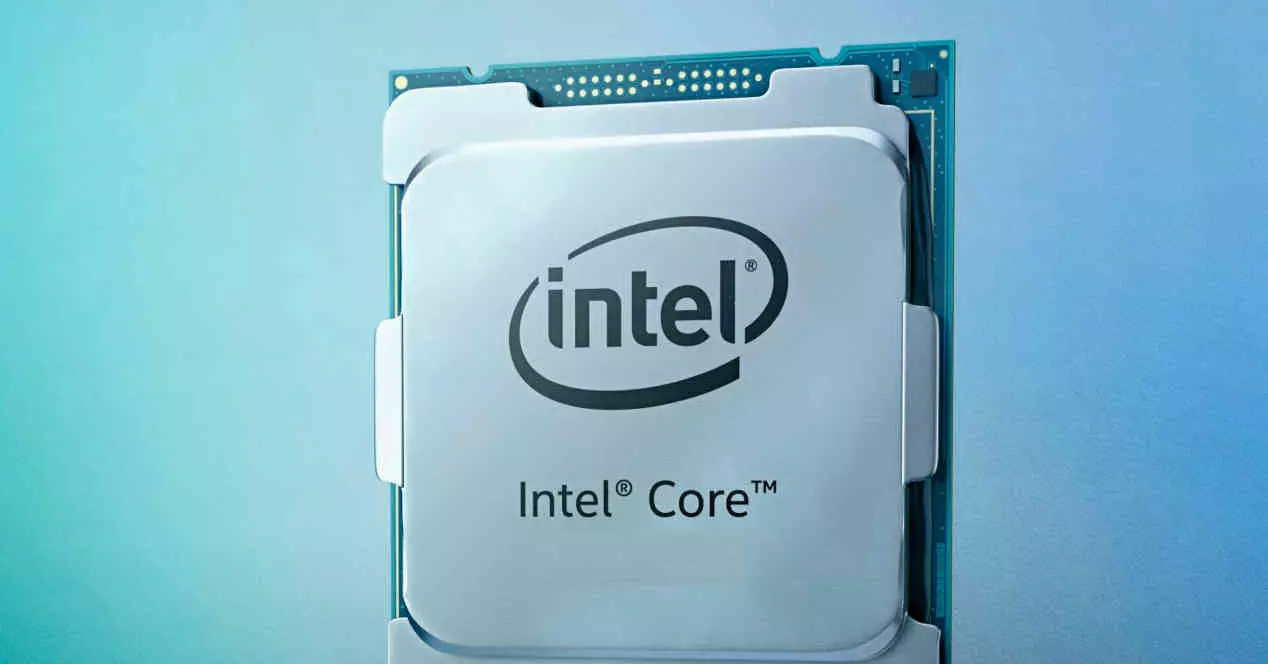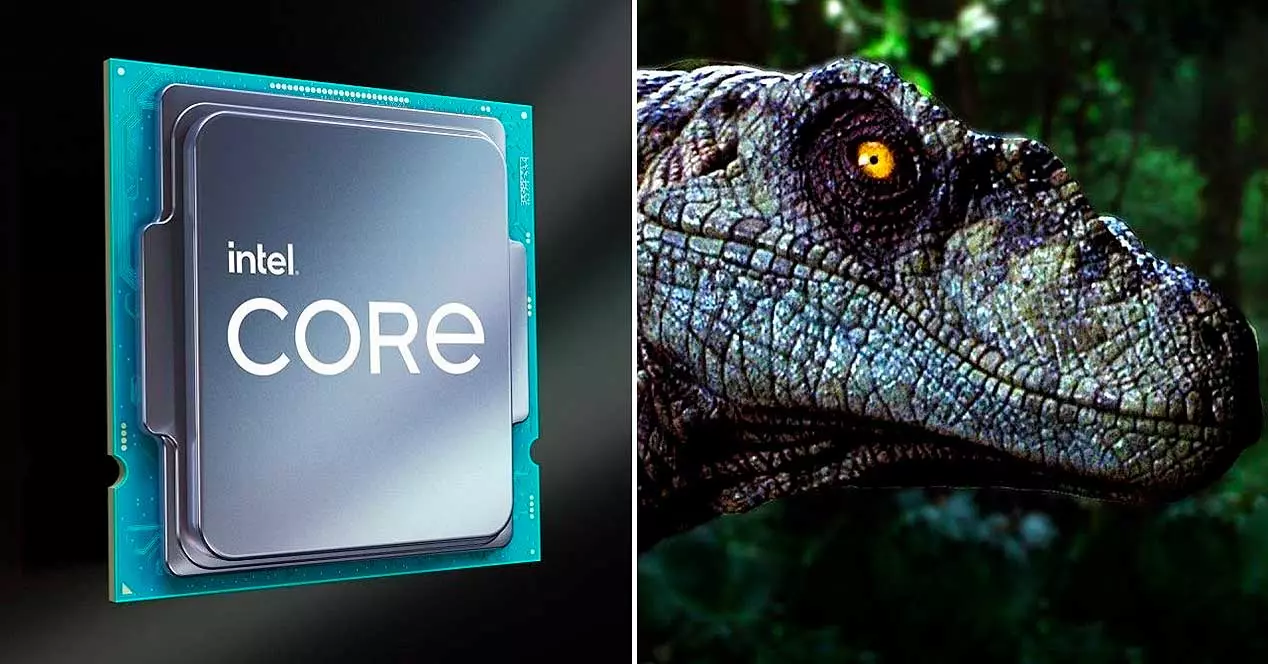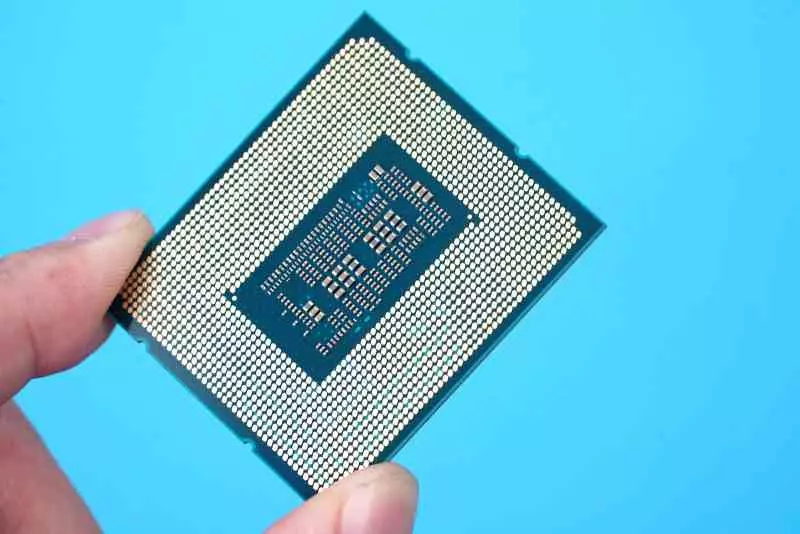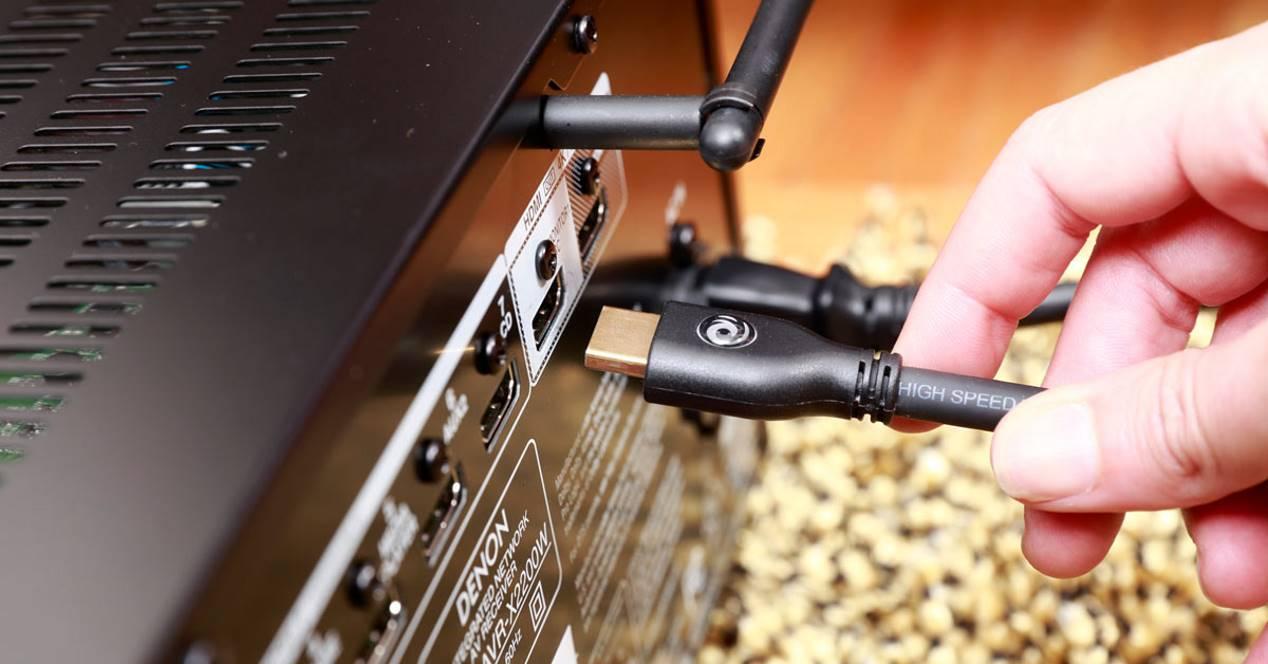
It’s no secret that Raptor Lake is the name of Intel’s next CPU architecture to follow the current Alder Lake-S. Well, thanks to the latest information we have been able to find out information about the i9-13900K, as well as the launch date and characteristics of the rest of the range.
It is known that Raptor Lake will not be as big a leap in terms of architecture as the one we have seen with Alder Lake, after all it is an improved version that will make use of the same socket and that will polish the fringes that the current Intel Core 12, so small changes are expected with respect to the thirteenth generation, among which the i9-13900K.
What do we know about Raptor Lake architecture?
First of all, the P-Cores will evolve from the Golden Cove architecture to Raptor Cove, a version with an improved cache system and other changes not yet revealed for a higher IPC. On the other hand, the E-Cores will continue to be Gracemont and, therefore, there will be no changes, yes, Intel will increase the amount of the latter with respect to Intel Core 12. This also indirectly indicates the use of a more efficient internal ring, since These lose performance as the number of items increases.
Another piece of information that we know is the support for LPDDR5X memory, which is key for very low consumption or ultralight laptops, which indicates that we could see not only the desktop version of these CPUs, but also for laptops. For which the improvements in the Power Delivery Network of the processor will also be key thanks to the DLVR.
New details on the i9-13900K and the rest of Raptor Lake
The launch of Intel Core 13 CPUs with Raptor Lake architecture is expected for the third quarter of 2022. This time there will be three variants of the chip in its desktop version, which are the following:
- The first chip with 8 P-Core cores and 16 E-Core cores for a total of 32 threads of execution. This configuration will be used in the i9-13900K which is expected to reach the 5.5 GHz Boost.
- The second chip with 8 P-Core cores and 8 E-Core cores for a total of 24 threads of execution. Which will be used by the i7-13700K
- The third chip with 6 P-Core cores, but no E-Core for a total of 12 threads of execution. At the moment it is known that this configuration corresponds to the i5-13600K.
So the second and third configuration is the same as the current Alder Lake for desktop, while the first is brand new. In general what we can deduce is that the current i9-12900K will become the future i7 of the thirteenth generation and the same will happen with the current i7 that would become the i5 of the next one. If it weren’t for the change of core used for the P-Cores we would say that it will be a rebranding, especially since they will also use the same socket, the LGA1700, and therefore will be compatible with the same motherboards.
Like the Intel Core 12 will continue to support DDR4 memory, of whose BMI no changes are expected, but if in the case of the DDR5 that will have support for DDR5-5600, which means that it will support higher speeds without having to go into Gear 2 mode, which will reduce latency in those cases and increase performance.





